Safari Adventures: Best Places to See Wildlife in Tanzania
Tanzania, a country with unparalleled natural beauty and astonishing wildlife diversity, offers some of the best places to see wildlife in the world. For those dreaming of an unforgettable safari experience, Tanzania should be at the top of your list. In this guide, we’ll explore the best places to see wildlife in Tanzania, ensuring your safari adventure is nothing short of spectacular.
Disclaimer: This post may include affiliate links. If you click one of them, I may receive a small commission at no extra cost to you.
are you already convinced and want to book a safari?
I am partnered with CloudSafaris and you can get a discount with your booking. Visit Cloud Safari Trips page.
Enter the referral code: THEWORLDTRAVELGIRL to receive $100 off your booking
NOTE: You will not be charged right away when booking a safari online. They will be in touch to review details and plans before anything gets confirmed.
If you want me to help you decide what to do and plan your trip, then feel free to reach out to me to help you put together an amazing itinerary for your safari!
The Magic of a Safari in Tanzania
Going on a safari in Tanzania is a once-in-a-lifetime experience. It’s not just about the animals; it’s about immersing yourself in the vast, unspoiled landscapes! Depending what your safari day looks like, you have a chance to witness the Great Migration in the Serengeti to catching a glimpse of tree-climbing lions in Lake Manyara. The opportunities for wildlife sightings are endless.
I spent two weeks in Tanzania and ten of those days were on safari. Of the 7 best places to see wildlife in Tanzania, I was able to explore 4 of them. Wondering where to go on safari in Tanzania? Below I will describe them and what you can expect if you decide to visit one of the best safari parks in Tanzania.
Best Places to See Wildlife in Tanzania
Lake Manyara National Park
Lake Manyara is a scenic gem that offers a diverse ecological experience in a compact area, from its lakes to dense woodlands and steep mountainsides. This sanctuary is iconic for wildlife like elephants, tree-climbing lions, and flocks of pink flamingos against the backdrop of the Great Rift Valley. I wish I got to spend more time exploring this area!
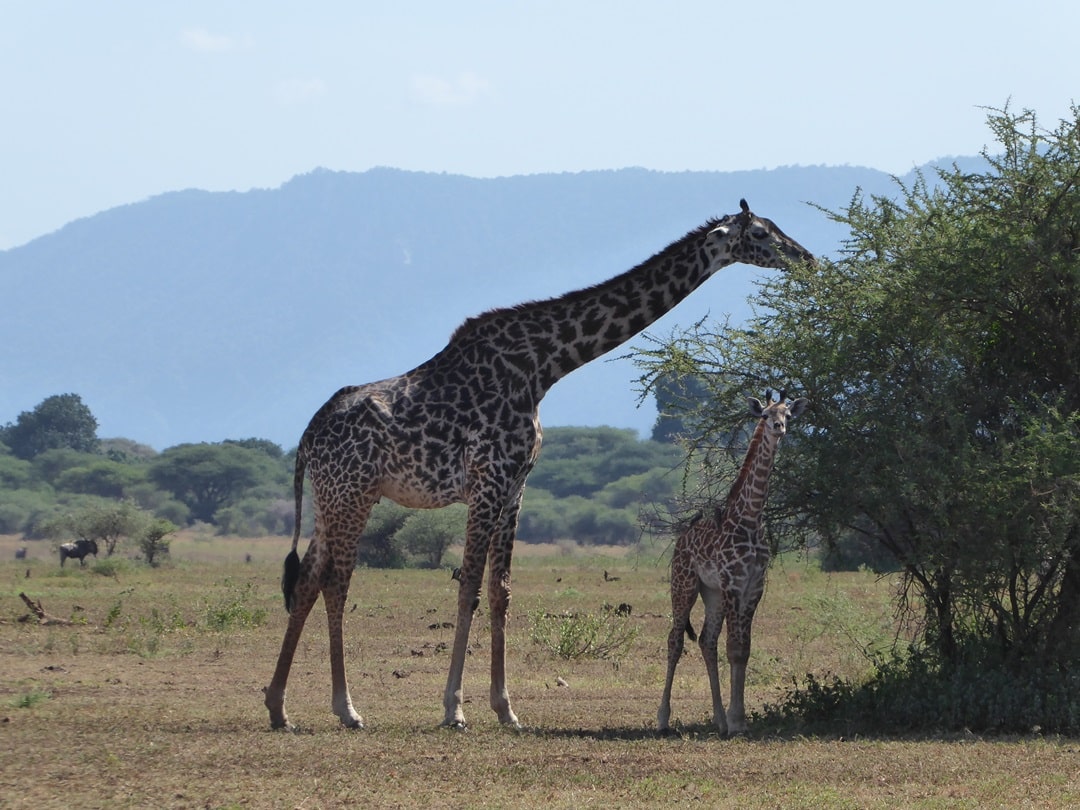
Serengeti National Park
Perhaps the most iconic of all, Serengeti National Park is synonymous with wildlife safaris. It’s one of the best places to see wildlife in Tanzania, known for the annual Great Migration, where millions of wildebeest, zebras, and gazelles traverse the plains in search of fresh grazing. The best time to visit for the migration is from December to July, but the park is teeming with wildlife year-round. I visited in February and we didn’t see any of the Great Migration, but we did see many of these animals.
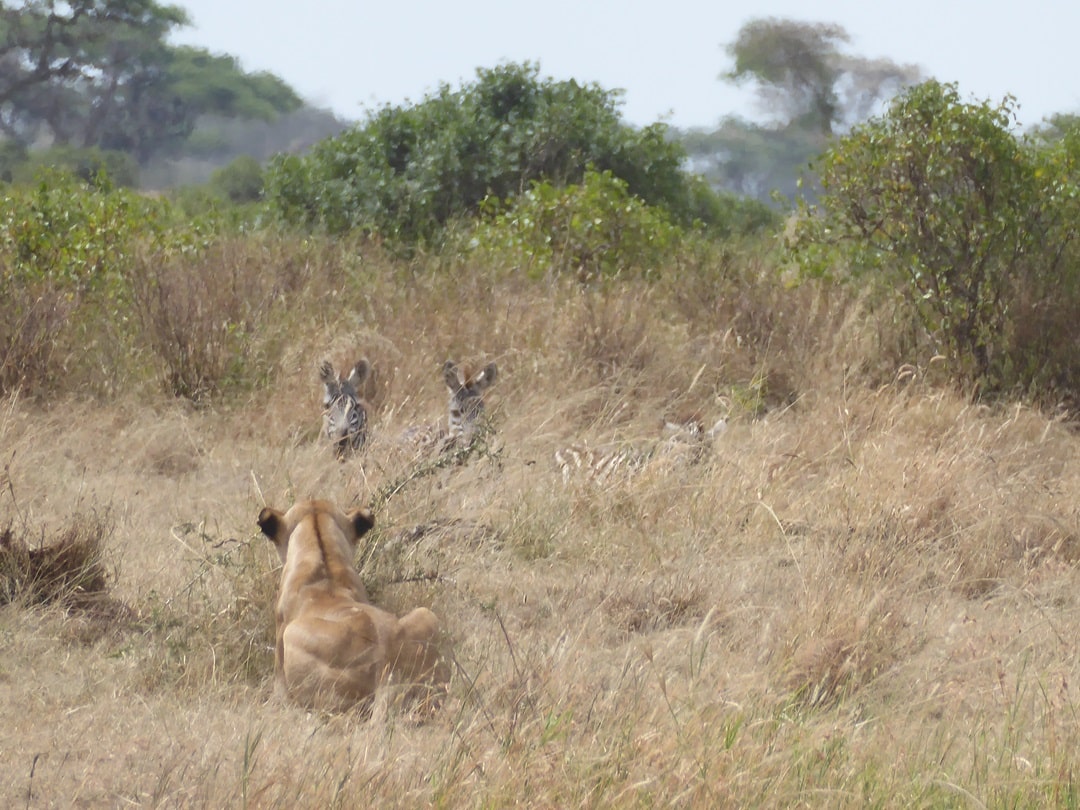
Ngorongoro Conservation Area
The Ngorongoro Crater, a UNESCO World Heritage site, offers a unique safari experience. This massive volcanic crater is a natural enclosure for a wide variety of wildlife, including the Big Five. It’s known for its dense population of predators and is another one of the best places to see wildlife in Tanzania. The best time to visit is from June to September when the weather is dry, making wildlife easier to spot. Visiting Ngorongoro is often paired with visiting the Serengeti as it’s only a two hour drive from the park.
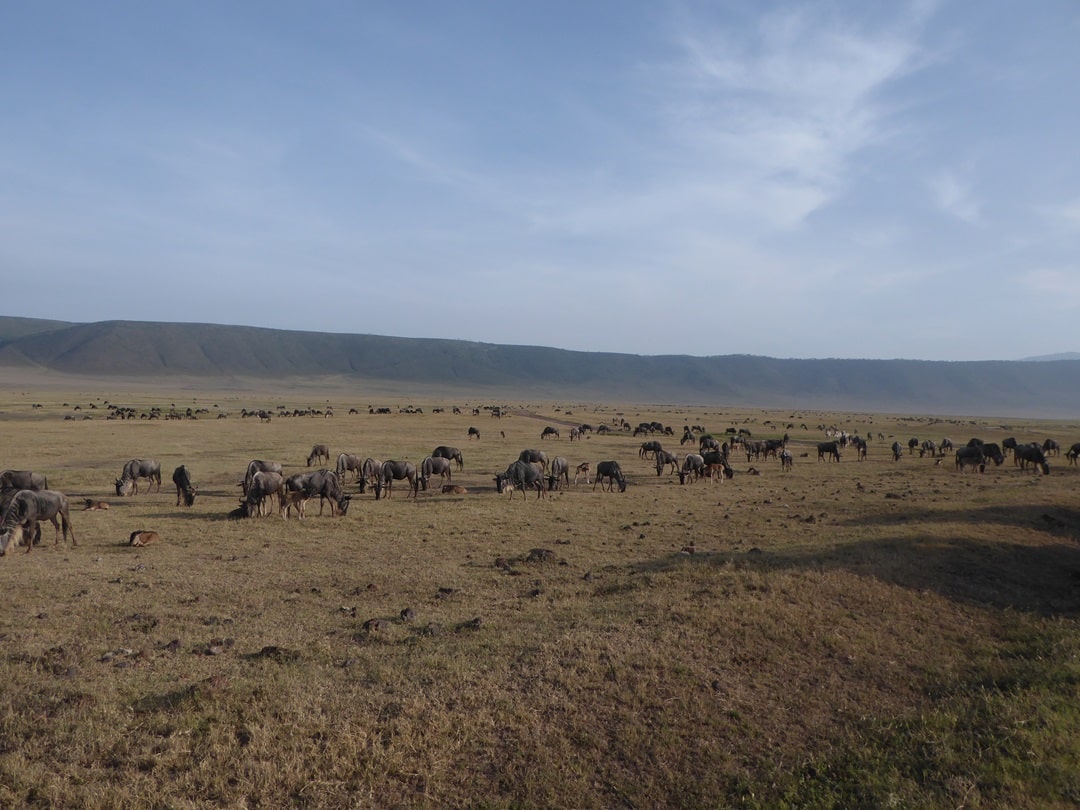
Tarngire National Park
Best known for its elephant migration, birding, and authentic safari atmosphere, Tarangire National Park is a haven for wildlife enthusiasts. During the dry season from June to October, animals flock to the Tarangire River, the only water source available in the area, making it an excellent time for wildlife viewing.
Mount Kilimanjaro National Park
Mount Kilimanjaro National Park is home to the majestic Mount Kilimanjaro, Africa’s highest peak and one of the world’s most iconic natural wonders. The park’s diverse environment includes lush rainforests, alpine meadows, and arctic glaciers, providing a habitat for a rich variety of flora and fauna, as well as offering adventurers the challenge of conquering its legendary summit. If you want to explore the area, I recommend this day trip to Kilimanjaro.
If you are adventurous and have been thinking about climbing Kilimanjaro, then I highly recommend reading my interview with Aliya Rashid who summited the peak.
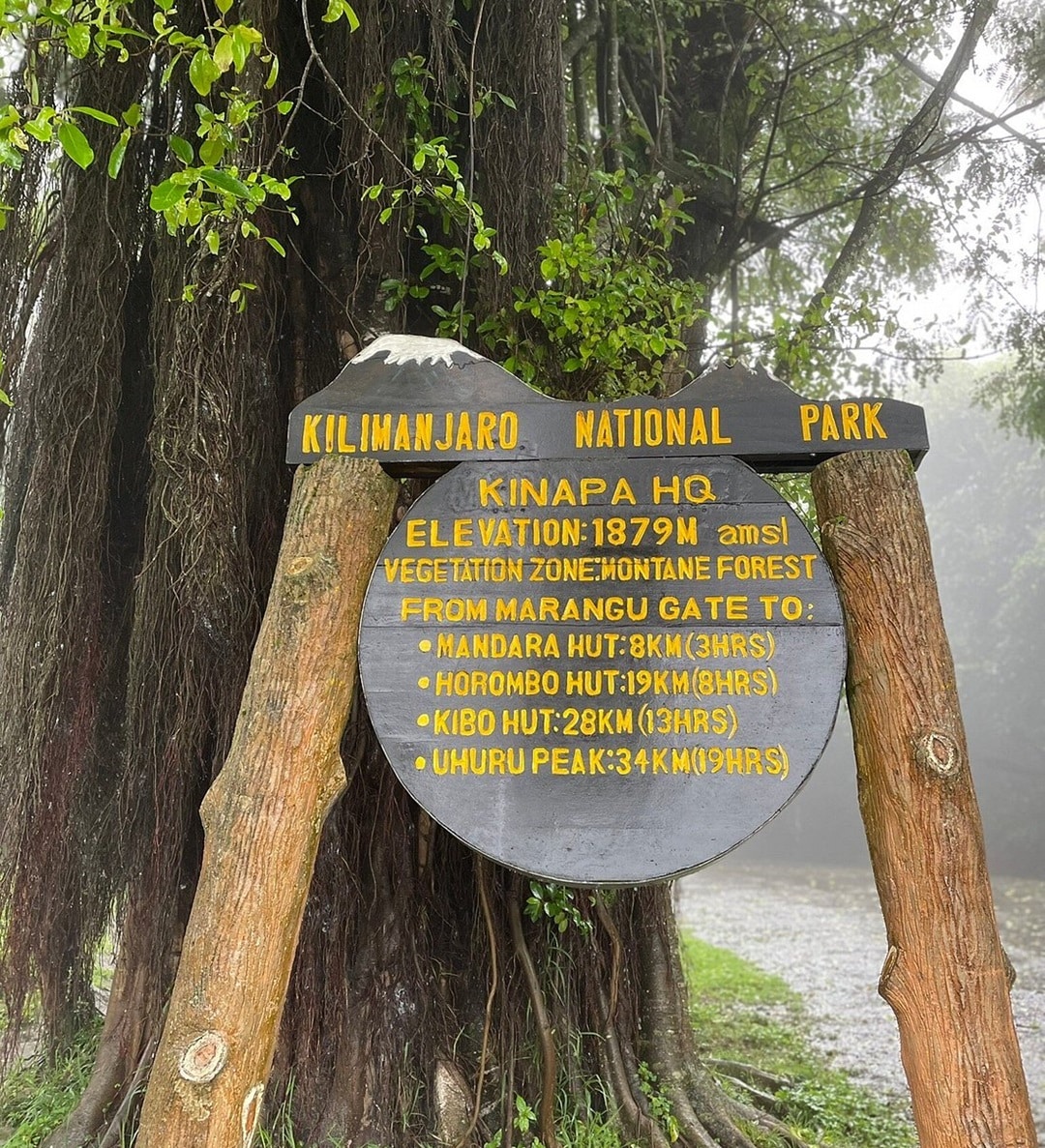
Selous Game Reserve
Offering a more off-the-beaten-path experience, Selous Game Reserve is one of the largest reserves in the world, located in the southern part of Tanzania and accessed from Dar es Salaam. It’s renowned for its elephant herds, wild dogs, birdwatching and river safaris.
This was a complete highlight of my trip to Tanzania as my goal for going to this area was to catch a glimpse of African wild dogs…which I did! The birdwatching was also amazing…not that it wasn’t amazing everywhere I went in Tanzania.
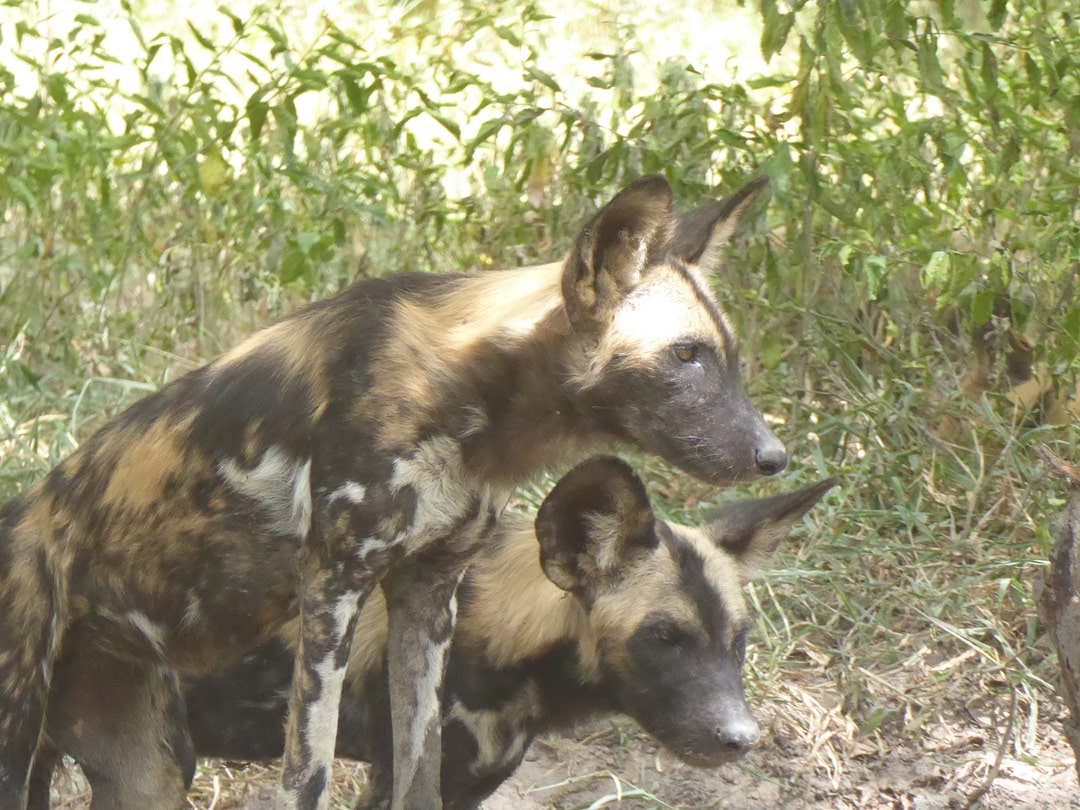
Ruaha National Park
Ruaha National Park, also accessible from Dar es Salaam, is known for its high concentration of elephants and a variety of predators, including lions, leopards, cheetahs, and wild dogs. The best time to visit is during the dry season from June to October when animals are easier to spot. I unfortunately didn’t get to visit Ruaha, but I plan to the next time I go to Tanzania.
Packing for Your Safari in Tanzania
Preparing for a safari is crucial to enjoy your adventure fully. A comprehensive safari packing list should include lightweight clothing in neutral colors, a good quality camera, binoculars, sunscreen, insect repellent, and a hat for sun protection. Don’t forget to pack a sense of adventure! I promise you will feel it!
You can download your free Tanzania Safari packing list here:
Best Time To Go On Safari In Tanzania
The best time to go on safari can depend on various factors including weather, animal migrations, and vegetation. Here is a breakdown by seasons:
Dry Season (June – October):
Weather: This period marks the dry season in Tanzania, characterized by clear skies and minimal rainfall. Temperatures are generally cooler, with daytime temperatures ranging from 20°C to 30°C (68°F to 86°F).
Wildlife Viewing: The dry season is considered the prime time for safaris as animals gather around water sources, making them easier to spot. The grass is shorter, allowing for better visibility. This is an excellent time to witness the Great Migration in the Serengeti and Mara regions as millions of wildebeests, zebras, and other herbivores migrate in search of greener pastures.
Wet Season (November – May):
Weather: The wet season brings intermittent rains, with the peak of rainfall occurring from March to May. Temperatures remain warm, with daytime temperatures ranging from 25°C to 35°C (77°F to 95°F).
Wildlife Viewing: While the wet season can offer lush landscapes and fewer tourists, it can also make wildlife spotting more challenging due to thicker vegetation. However, this period is ideal for birdwatching as migratory birds flock to Tanzania during this time. Additionally, the calving season occurs in the southern Serengeti from January to March, offering a unique opportunity to witness newborn animals.
I visited Tanzania in February and I experienced no rain during my 10 days in the different national parks and I saw amazing animals and birds during my trip.
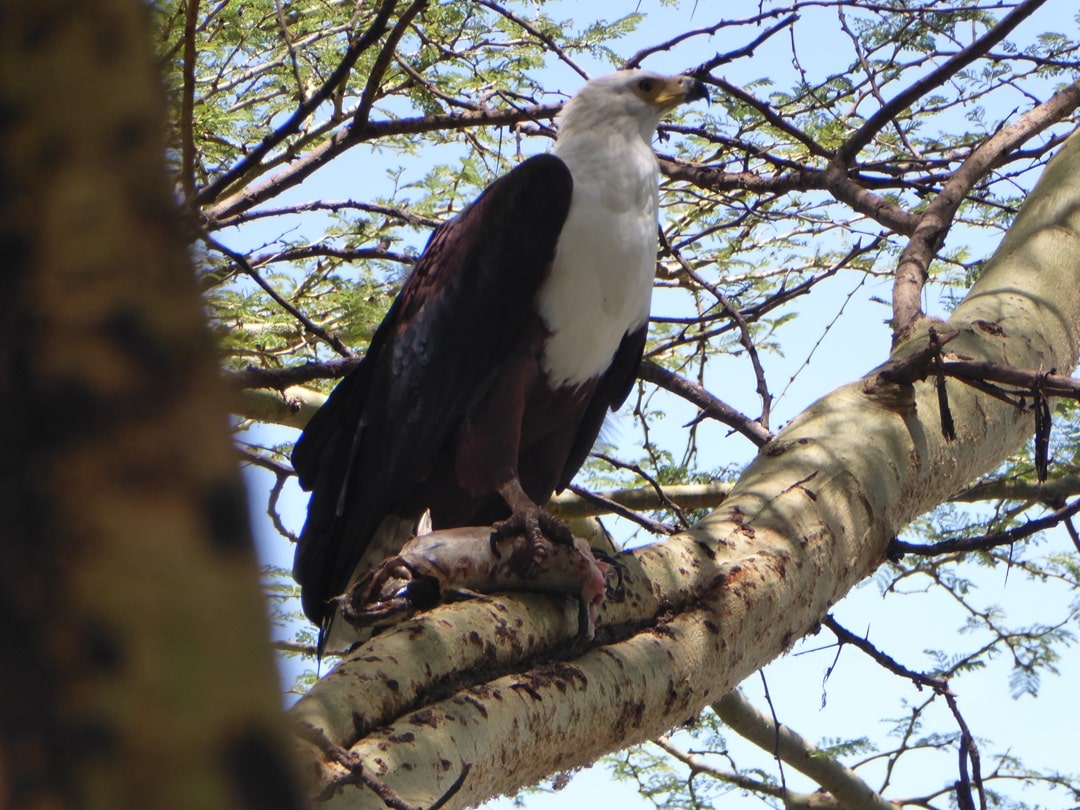
Shoulder Seasons (November, April, and May):
Weather: These months transition between the wet and dry seasons, offering a mix of weather conditions. November tends to be drier compared to April and May.
Wildlife Viewing: While not as crowded as peak season, the shoulder seasons still provide good wildlife viewing opportunities. Animals are more active during the cooler parts of the day, and there are fewer tourists, allowing for a more intimate safari experience.
Regardless of the season, Tanzania’s national parks and reserves, such as Serengeti National Park, Ngorongoro Crater, Tarangire National Park, and Selous Game Reserve, offer incredible wildlife encounters including the Big Five (lion, elephant, buffalo, leopard, and rhinoceros), cheetahs, giraffes, hippos, and a variety of bird species.

Booking A Safari in Tanzania
It’s essential to consider your preferences, budget, and specific wildlife interests when planning your safari trip to Tanzania. Additionally, consulting with a reputable tour operator can help tailor your experience to maximize wildlife sightings based on the time of year you plan to visit.
I work with Cloud Safaris in Tanzania, and would love to assist you with booking your safari. Let me help you plan your vacation. Please reach out to further discuss.
If you want to book on your own, you can do so, but I recommend engaging with a tour operator.
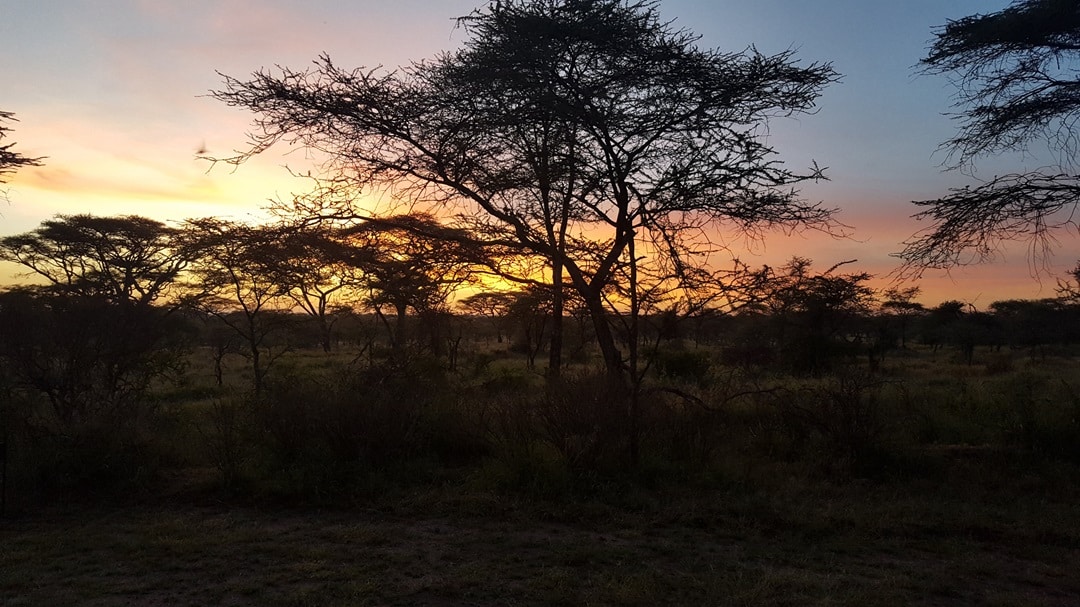
A successful safari is not just about the sights you see but the memories you create as well as the respect you show for these magnificent creatures and their habitats. Of all the trips I have been on, this was one of the top 2 trips of my life. I would recommend this experience to anyone and everyone no matter where you decide to go on safari in Tanzania!
The best places to see wildlife in Tanzania all offer an unparalleled opportunity to connect with nature in some of the most pristine and untouched environments on the planet. Whether you’re witnessing the Great Migration, exploring the Ngorongoro Crater, or embarking on a river safari in the Selous, a Tanzanian safari is an unforgettable journey into the heart of the wild.
If you enjoyed my post, follow me on social media or subscribe to my newsletter below, so you can stay connected on future posts, trips, tips and more.


